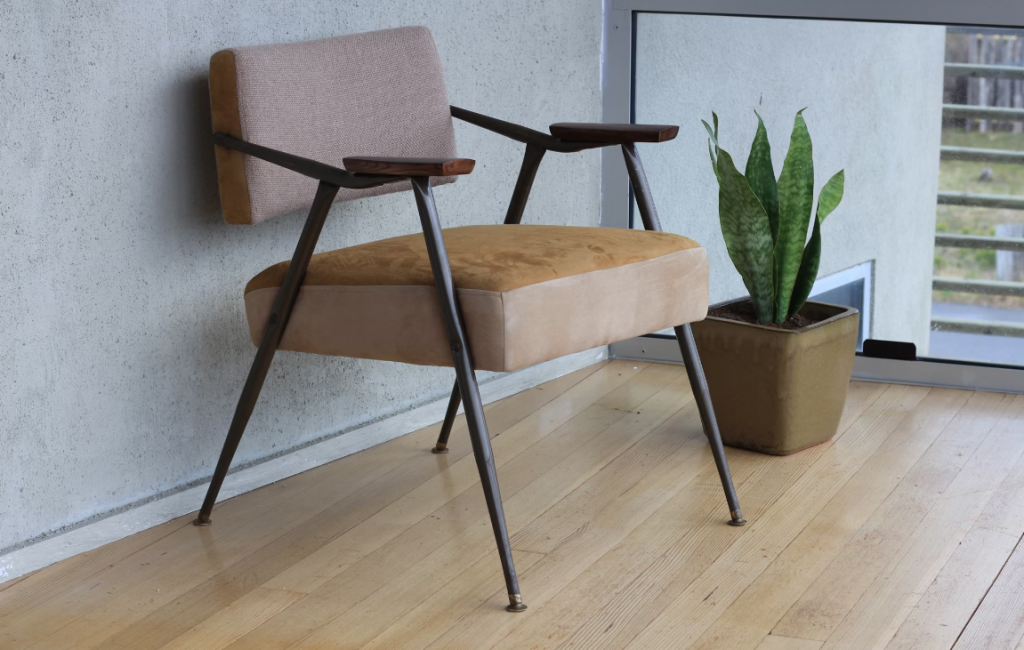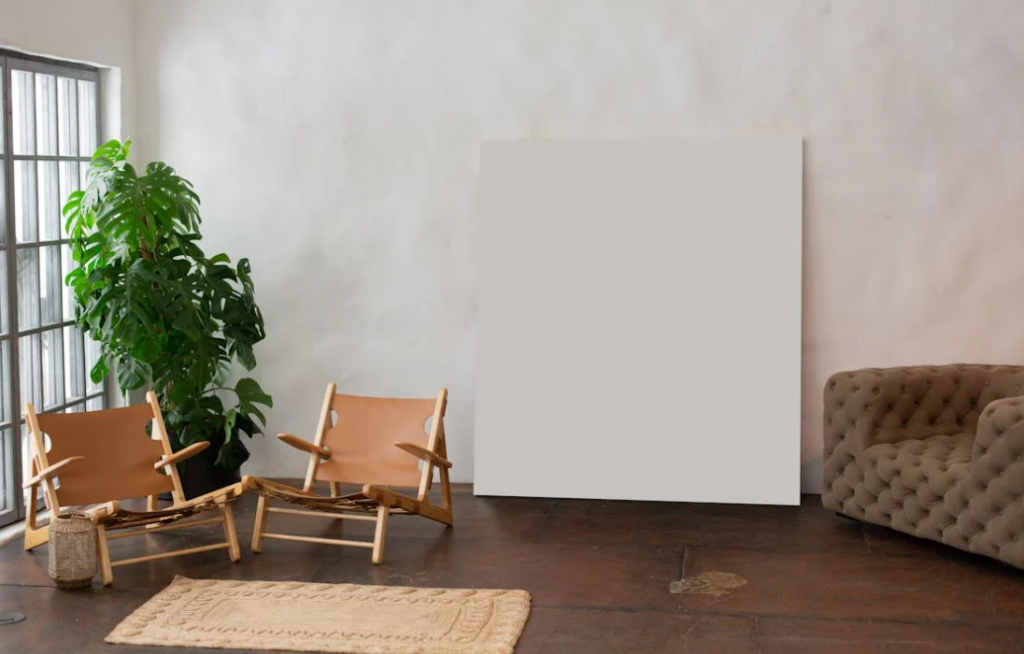Introduction
In recent years, the concept of upcycling has gained popularity as a sustainable and creative way to breathe new life into old furniture pieces. Upcycling involves transforming discarded or outdated furniture into unique, stylish, and functional pieces that fit modern aesthetics. This article explores the benefits of upcycling furniture, popular techniques, tools and materials needed, a step-by-step upcycling process, examples of upcycled furniture projects, tips for successful upcycling, the environmental impact of upcycling, and concludes with a series of FAQs to help beginners embark on their upcycling journey.
Benefits of Upcycling Furniture

Upcycling old furniture offers several benefits, both for individuals and the environment. From an environmental standpoint, upcycling reduces the amount of waste sent to landfills and conserves resources by giving existing materials a new life. It also helps in reducing the demand for new furniture production, which can be resource-intensive and contribute to deforestation.
Popular Upcycling Techniques
There are various upcycling techniques that can be applied to old furniture pieces, depending on the desired outcome and the condition of the furniture. Painting and staining are popular methods for giving furniture a fresh look, while decoupage involves decorating furniture with paper cutouts and sealing them with glue. Reupholstering is another common technique that involves replacing the fabric on chairs, sofas, and other upholstered furniture pieces. Adding hardware and embellishments, such as new knobs, handles, or decorative accents, can also enhance the appearance of upcycled furniture.
Tools and Materials Needed
To upcycle old furniture, you will need basic tools and materials such as paint, brushes, sandpaper, decoupage glue, fabric, sewing kit, hardware, and embellishments. These materials can be easily found at hardware stores, craft stores, or online retailers. It’s important to choose high-quality materials to ensure the longevity of your upcycled furniture.
Step-by-Step Upcycling Process

- Selecting the furniture piece: Choose a sturdy piece of furniture with good bones that is suitable for the upcycling technique you have in mind.
- Preparing the furniture: Clean the furniture thoroughly and make any necessary repairs, such as filling in holes or sanding rough edges.
- Applying the chosen upcycling technique: Follow the specific instructions for the upcycling technique you have chosen, whether it’s painting, staining, decoupaging, or reupholstering.
- Finishing touches: Add any hardware or embellishments to complete the look of your upcycled furniture piece.
Examples of Upcycled Furniture Projects
- Before and after photos: Showcase the transformation of old furniture pieces into stylish and functional pieces.
- Descriptions of the upcycling process: Provide detailed descriptions of the steps involved in upcycling each furniture piece, including the techniques used and the materials required.
Tips for Successful Upcycling
- Choosing the right furniture pieces: Look for furniture pieces that are made of solid wood or have a sturdy frame.
- Proper preparation and techniques: Take your time to prepare the furniture properly and follow the instructions for the upcycling technique you are using.
- Safety precautions: Wear appropriate safety gear, such as goggles and gloves, when working with tools and materials.
Environmental Impact of Upcycling

Upcycling old furniture plays a significant role in reducing waste and conserving resources. By upcycling furniture, you are contributing to a circular economy where materials are reused and repurposed, rather than disposed of after a single use. This helps in reducing the environmental impact of furniture production and disposal, making it a more sustainable option for furnishing your home.
Conclusion
Upcycling old furniture offers a sustainable and creative way to transform your living space. By upcycling furniture, you can reduce waste, conserve resources, and create unique pieces that reflect your personal style. Whether you’re a seasoned upcycler or just starting out, there are endless possibilities to explore. So, why not give it a try and upcycle your old furniture into something new and exciting?
FAQs
- What is the difference between upcycling and recycling?
- While recycling involves breaking down materials to create new products, upcycling involves repurposing materials without breaking them down, often resulting in a product of higher quality or value.
- Can any type of furniture be upcycled?
- Yes, almost any type of furniture can be upcycled, as long as it is structurally sound and suitable for the chosen upcycling technique.
- How can I find inspiration for my upcycling projects?
- You can find inspiration for your upcycling projects from home decor magazines, websites, social media platforms, and even nature.
- Are there any safety concerns when upcycling furniture?
- Yes, it’s important to take proper safety precautions when upcycling furniture, such as wearing protective gear and working in a well-ventilated area.
- Where can I donate or sell my upcycled furniture pieces?
- You can donate or sell your upcycled furniture pieces through online marketplaces, consignment shops, or local charity organizations.

